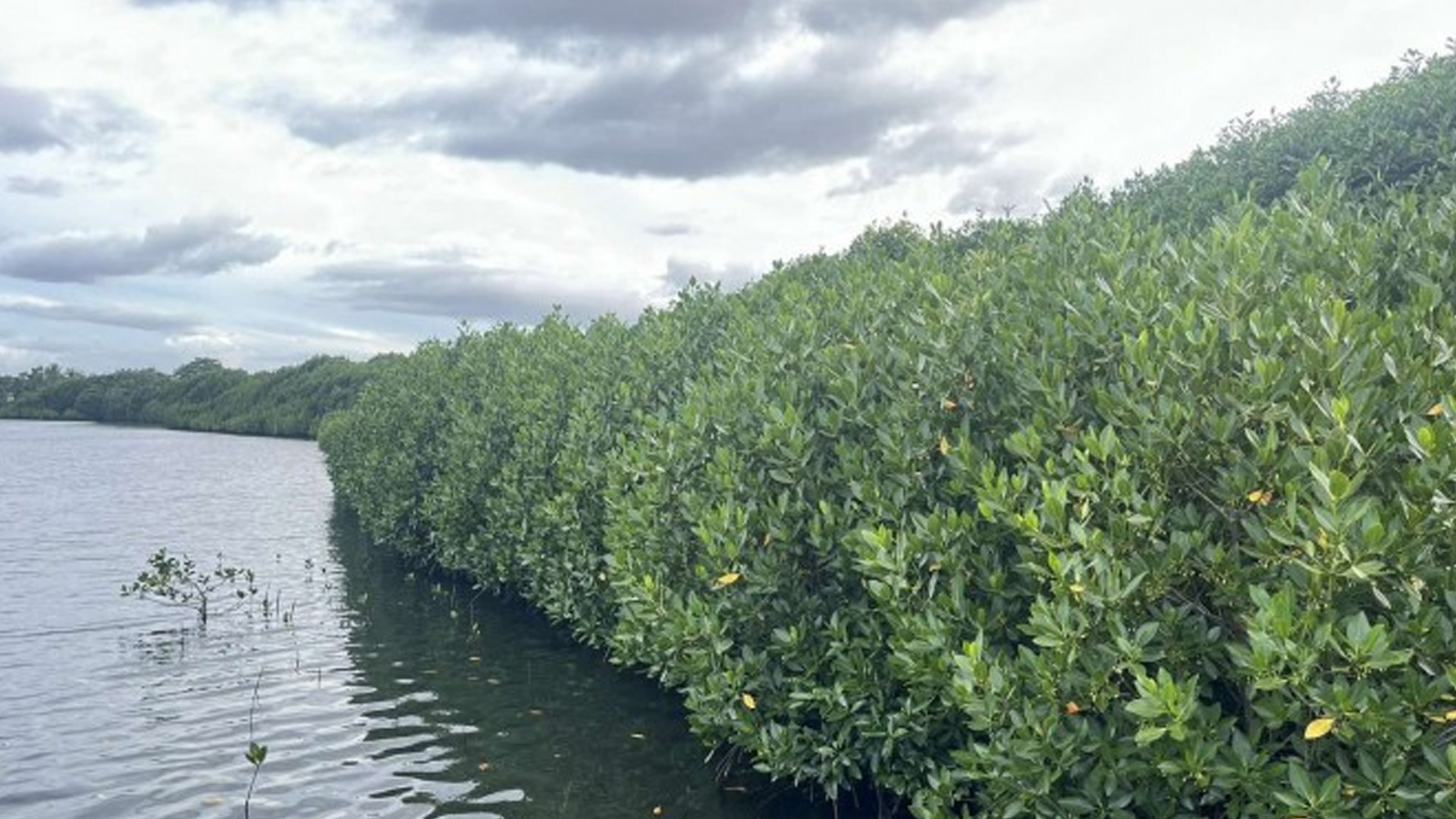A nine-hectare mangrove area in the coastal village of Paraiso here is being eyed as urban green space in the bid to boost climate resilience and environmental conservation in the city.
Drawing lessons from the destruction of Super Typhoon Yolanda in 2013, environmental conservation group Pintakasi for Landscape Restoration Inc. has partnered with the Institute for Climate and Sustainable Cities (ICSC), City Environment and Natural Resources Office (CENRO), and City Agriculture Office to conserve the Paraiso Mangrove and Eco-learning Park.
The partnership also tapped State Universities and Colleges in the city to heighten student awareness on the importance of mangrove forest.
“Here at the mangrove park, we invite some youth to experience the ambience of the mangrove and to relate what is the effect and the importance of the mangrove in human living in the nearby communities,” Josephine Agustin, president of Pintakasi Inc., said in an interview Wednesday.
CENRO chief Marito Barillo said the mangroves in the area helped buffer the impact of Yolanda’s storm surge, sparing homes from destruction despite ships being washed ashore.
Survivors of the typhoon have since joined efforts to rehabilitate the mangrove zone, which formally began in 2015.
Their continued commitment helped attract support from organizations to expand the mangrove plantation.
“Because of the commitment of the community to rehabilitate this area, they were able to tie up with an organization to expand the mangrove plantation… This area is highly recommended as urban green space,” Barillo said.
The CENRO official said the park has started generating income to the fisherfolk group managing the site through PHP30 environmental fees collected from each visitor.
The park remains the sole mangrove eco-tourism site in the city, largely because of challenges such as limited availability of public land, widespread private land ownership, and a lack of grassroots initiatives to establish similar conservation areas.
Mangrove forests are home to a large variety of fish, crab, shrimp, and mollusk species. These fisheries form an essential source of food for thousands of coastal communities around the world. The forests also serve as nurseries for many fish species, including coral reef fish, according to World Wide Fund (WWF).
WWF said the dense root systems of mangrove forests trap sediments flowing down rivers and off the land. This helps stabilizes the coastline and prevents erosion from waves and storms. (PNA)







